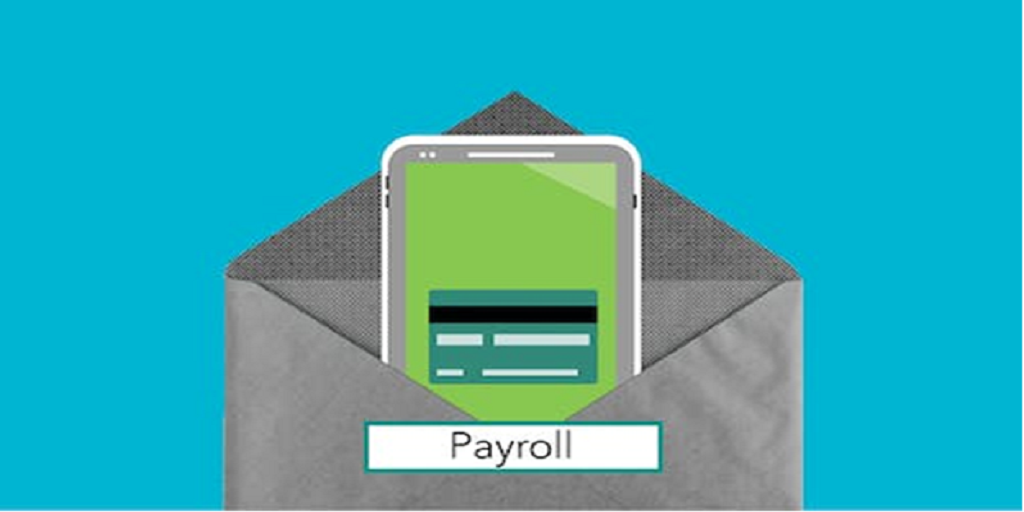With governments issuing shelter-in-place orders and businesses closing, remote working is becoming increasingly common. Nowadays, companies need to hire remote workers from across the country and often the globe. Use this guide to learn how to set up payroll for people working from home.
How to begin payroll for remote employees
Managing the payroll for a worldwide workforce is often complicated because different jurisdictions have different requirements, especially with remote employees. Take these steps to begin payroll processing for your remote workforce.
1. Identifying/classifying your personnel
Determine what type of staff you’ve in the first stage. Employees and freelancers are the two sorts of worker categories.
Employees: An employee, as defined by the IRS, performs a function for an employer in which the employer determines what’s going to be done and how it’s done. There are both full-time and part-time employment options. Employers are legally obligated to withhold payroll taxes from employees’ paychecks, including federal and state income taxes and FICA taxes. Many states and nations have their own tax rules and regulations. Therefore, businesses with remote labor need to comply with employment laws. Depending on the location of your remote employees, you are required to pay different payroll taxes than your in-house employees.
Freelancers are self-employed independent contractors. They’re responsible for their taxes. Hence, many organizations with remote workers choose to use freelancers. You needn’t withhold payroll taxes from a freelancer’s payment for completing a task or project. Freelancers need to pay self-employment tax since they direct their labor. Submit IRS Form SS-8, and the IRS assesses whether a remote worker is an employee or a freelancer.
Understanding whether your remote staff is freelancers or employees is essential since it assists you in establishing how to compensate them. If a business misclassifies an employee, it’s often due to a significant tax charge.
2. Employees’ location
The location of your employees affects how you set up their paychecks. The advantage of employing remote workers is to access a broader global pool of candidates. But, when it’s time to pay taxes, a person’s residence seems to create complications.
- Resident
If a remote worker resides and works in the same state as the company’s headquarters, the employer pays state and local taxes, state unemployment benefits taxes and withholds state taxes on earnings. In accordance with the town or municipality, businesses are also required to deduct local taxes from employees’ wages.
- Non-resident (from outside the state/internationally)
Employers configure payroll differently for out-of-state and overseas remote workers. They withhold income taxes from out-of-state workers in their home state. Yet, certain governments have reciprocal arrangements with their neighbors. This implies that employees are able to withhold income tax in their home state and only file one tax return. Companies that employ people from other states register with and adhere to the regulations set out by other states’ unemployment and labor departments.
- International Workers
They provide their own set of obstacles. Certain foreign nations require enterprises to establish a local branch and comply with local rules when recruiting overseas labor. Freelancers now enroll themselves as self-employed workers. Thus, many businesses use them to circumvent this requirement. By transferring money to overseas remote employees, employers often incur high bank costs, transfer fees, and currency rates.
3. Fiscal/Tax forms
Federal, municipal, and state payroll taxes need to be withheld from the paychecks of all workers, whether they work remotely or in-house. Employers consider two tax forms when paying remote workers: Form 1099-MISC and Form W-9.
In most situations, small enterprises use freelancers responsible for filing their taxes and use the two forms listed above. However, companies with full-time remote employees need Forms W-4 and I-9, which include tax withholding allowance and employment eligibility.
4. Selecting a method of payroll
After determining the employment classification of their employees and collecting the appropriate tax forms, businesses need to pick a global payroll method. Use the proper payroll system to pay your employees effectively and adhere to all employment rules.
Several businesses with on-site and remote staff frequently rely on payroll service providers. Payroll service providers help firms with tax and payroll management tools at an affordable price. In addition to processing payroll, cloud-based payroll software helps pay bills, track time, and manage inventory. However, one needs to be careful while selecting a service provider for payroll management to avoid complications. On the other hand, in-house payroll helps a corporation to maintain control and retain complete ownership.
5. Monitoring staff time and job/project costs
When you have a team of remote employees, time tracking is vital. Remote employees are located anywhere globally. Thus, company owners need more supervision and control. Using the appropriate time-tracking tools, ensure that employees record the correct number of hours for specific projects and occupations and input their time off.
Companies have several choices for compensating remote workers. The following are the most popular payment methods used by employers.
Direct deposit is often the most prevalent method of payment for remote employees. Paychecks are paid directly into an employee’s bank account each pay period by electronic money transfer (EFT). Employees use their paychecks for a check-cashing service to obtain their salaries for a modest charge. Print the checks to save time.
Third-party resources: Currently, third-party tools are becoming prevalent. These apps facilitate employer-to-employee payments.
- PayPal
- Venmo
- Apple Pay
- Cash App
However, an employee requires a smartphone or computer and often incurs costs to withdraw funds from a mobile wallet.
Cryptocurrency for payroll
In today’s digital age, an increasing number of businesses are embracing innovative solutions to streamline their payroll processes. One emerging trend is the adoption of cryptocurrency payroll solutions, where employees receive their salaries in cryptocurrencies instead of traditional fiat currencies. This shift toward crypto payroll offers several benefits, including enhanced security, reduced transaction costs, and faster cross-border payments.
When businesses consider integrating cryptocurrency into their payroll systems, they often turn to a trusted global cryptocurrency payroll provider. These providers specialize in offering comprehensive solutions that cater to the unique needs of businesses when it comes to managing payroll through digital currencies. Bitcoin is often the preferred cryptocurrency. You can now buy Bitcoin with your local currency from various crypto exchanges across the world.
By partnering with a global cryptocurrency payroll provider, organizations can harness the advantages of cryptocurrencies, including enhanced security and faster cross-border transactions. This collaboration ensures a seamless implementation and efficient management of cryptocurrency payroll systems, enabling businesses to embrace the future of digital currencies in their payroll processes.
7. General best practices for payroll set-up
Consider these recommended practices for remote workers to ensure your workforce is paid on time and without incident.
-
- Incorporate all aspects of payroll into a single system: As a business owner, you’ve several responsibilities. Instead of keeping your payroll system separate from your accounting software, it’s more efficient to connect both.
- Time monitoring: By time tracking, monitor the billable hours of a remote employee. Also, employees will be able to enter their hours. Payroll becomes more efficient, and cost-effective by incorporating time tracking.
- POS Records: Your point of sale (POS) system records the completion of a transaction. Connecting your point-of-sale system with your payroll provider unifies your business’s finances. Afterward, you need to generate invoices and plan payments.
- Workers’ compensation: To maintain and recruit top personnel, many firms provide health and disability insurance as an employee benefit to a remote worker.
- Expenditure management: Businesses are accountable for a lot of expenses. Remote employees need to maintain track of their business spending to prevent fraud and other misconduct. Combining cost management with payroll facilitates categorizing transactions into tax categories and tracking expenditures.
8. Automate whenever feasible
Payroll automation is vital for saving time and enhancing productivity. For optimizing payroll and benefits
- input time clock data
- calculate accurate payments for each remote employee
- perform the appropriate deductions
When payroll is automated, it’s easier to maintain correct records and comply with tax and labor requirements.
9. Maintain payroll data in order
A mismanaged payroll often results in payments being missing or delayed. The payroll data structure is essential for your employees’ timely and accurate wages. Also, the Department of Labor requires firms to maintain payroll records for a period of at least three years. A payroll provider neatly keeps each employee’s records on its web database.
10. Remain updated on payroll legislation
A business should avoid litigation for violating payroll legislation. Thus, as a small business owner, employ payroll experts or a professional payroll service that is up-to-date on payroll regulations. Several frequent payroll regulations include
- minimum wage
- prompt payment of employees
- tax collection and filing
- overtime compensation
Contact your local government office to check what payroll regulations need to be followed, as different states have additional requirements.
For small business owners, knowing how to handle payroll taxes for remote workers is essential
Setting up payroll for remote employees is often difficult, especially if you are unfamiliar with payroll legislation and how to pay personnel. This guide for setting up payroll for remote workers ensures that your remote staff is compensated for their efforts.
About Author- Fatema Aliasgar is an experienced B2B and SaaS content writer based in Mumbai, India. She has done her Master’s in Business Management and has written B2B content for seven years. She likes to read non-fiction and play board games with her kids during her free time.







